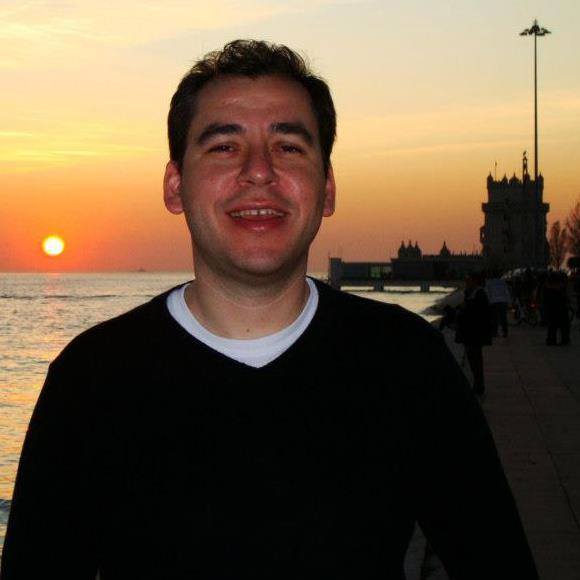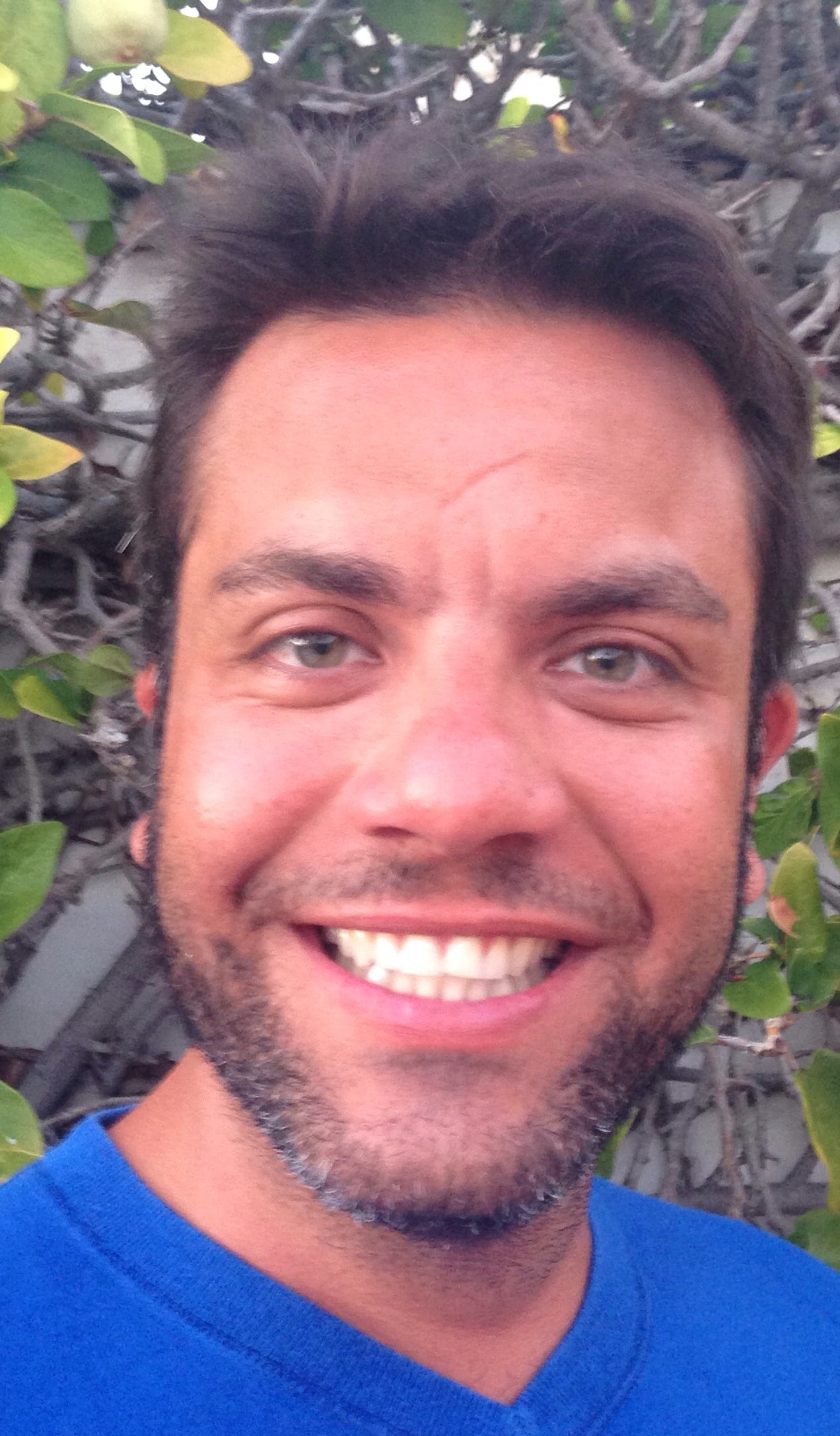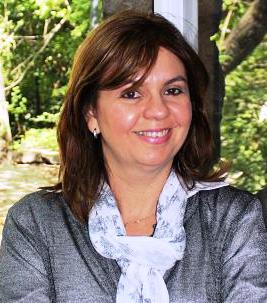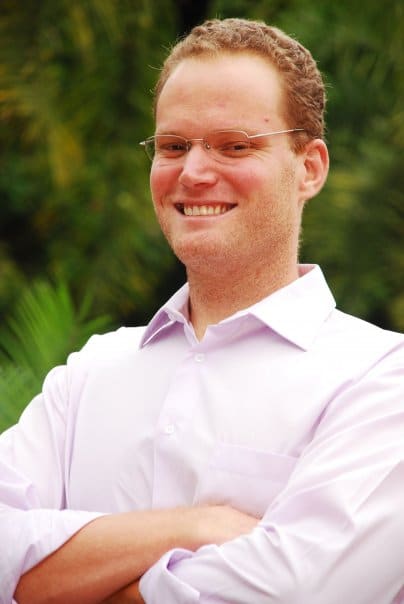Life Beyond Gap-fill?
In the 70s and early 80s, when functional syllabuses and communicative language teaching gained prominence in ELT, our profession was a relatively gap-fill-free zone. For controlled and semi-controlled practice, students were usually asked to engage in A-B exchanges, role-plays or any other activity types that included some degree of choice, information / context gap, personalization and unpredictability. Even certain types of contextualized oral drills were considered more mainstream than “Fill in the blanks with…” way back then. If you’ve been teaching for more than twenty years you probably know what I’m talking about.
Then Headway came along in the mid 80s, grammar made its humongous comeback and since then it has pervaded every crevice of our profession, for both the right and the wrong reasons, for better and for worse. And as fate would have it, gap-filling was catapulted back into ELT. Today, it’s one of the most prominent activity types in some mainstream textbooks.
So what’s the big deal?
 If you’re willing to accept the fact that there’s a skill learning component to language learning – and I’m by no means assuming that this is something you should automatically accept – it’s important to offer controlled practice activities which bear as much resemblance to the “real thing” as possible and by real thing I mean spontaneous language use, in and out of the classroom. Here are two simple analogies to help you see what I mean: If you can’t learn how to swim by making ripples in the pool while standing outside and you can’t learn how to drive by reading a book on driving and maneuvering the car in the parking lot, then you can’t become a competent language user by simply filling in gaps with the correct form of whatever.
If you’re willing to accept the fact that there’s a skill learning component to language learning – and I’m by no means assuming that this is something you should automatically accept – it’s important to offer controlled practice activities which bear as much resemblance to the “real thing” as possible and by real thing I mean spontaneous language use, in and out of the classroom. Here are two simple analogies to help you see what I mean: If you can’t learn how to swim by making ripples in the pool while standing outside and you can’t learn how to drive by reading a book on driving and maneuvering the car in the parking lot, then you can’t become a competent language user by simply filling in gaps with the correct form of whatever.
In other words, skill-getting activities should act as a sort performance rehearsal so that the brain can become acquainted with the kinds of things it will be doing when the language is being used spontaneously, under real operating conditions. To me, gap-filling is just the very beginning of this rehearsal and I would even go so far as to say that it lends itself better to clarification purposes (“Why is it have been here rather than went?”) rather practice per se.
To be better able to grapple with the pressure of spontaneous communication, students need enabling activities in which (1) they’re encouraged to create sentences rather than only manipulate them; (2) they can put meanings into words rather than the other way round and (3) there’s some sort of exchange of information and realistic purpose to complete the activity.
To show you what I mean, I’ve chosen a random grammar point (there is/are to describe neighborhoods) and made up a few examples of controlled practice activities that bear more or less resemblance to spontaneous language use. The sequence indicates a rough – and I say rough – progression from “less like the real thing” to “more like the real thing” in terms of language processing.
1. Complete the sentence: “There ___(is/are) two drugstores in my neighborhood.”
2. Complete the sentence: “There ___ two drugstores in my neighborhood.”
3. Complete the sentence above and then say if it’s true for you.
4. Complete the sentence above and say if it’s true for you. If not, make it true.
Numbers 1 and 2, I would argue, are not particularly good examples of rehearsal for real language use. Numbers 3 and 4, to their credit, have a transfer element, which may encourage students to process the language a little more deeply. Still, simply putting a word into a gap is, I believe, still very far removed from spontaneous language use in terms of language processing.
5. Make a sentence out of the cue words: “There / two drugstores / neighborhood.”
Notice that in number 5 students are invited to grammaticize the cue words (move from lexis to grammar), which makes it slightly more challenging and perhaps more conducive to proceduralization.
6. Same as number 5 + say if it’s true for you.
7. Same as number 5 + say if it’s true for you. If not, make it true.
Again, a transfer element which adds another processing layer to the activity.
8. (Picture showing two drugstores and three cafes) Describe what you can see. Begin with “there.”
9. (Student A and B have pictures showing slightly different things) In pairs, describe your pictures. Begin with “there.” How many differences can you find?
10. (Same pictures as above) In pairs, describe your pictures and find seven differences. Don’t look at each other’s handouts.
Who can finish first?
Here, the gradual inclusion of more elements (three cafés, slight differences, information gap, racing against the clock) will increase attentional demands and shift students’ attention away from the target structure towards the completion of the task itself, which is what usually happens in spontaneous language use. In other words, the more elements students have to juggle, the more conducive to proceduralizaton the activity will probably be. To a certain extent, this actually illustrates what Scott Thornbury calls “practiced control” (as opposed to controlled practice), depending on how the teacher manages the activity in class. Even examples 8 and 9, where there’s no information gap, are arguably better rehearsal activities since students are asked to string words together to create new sentences, rather than simply provide the missing word.
11. (“Drugstores”, “cafés” and “schools” written on the board + “there…”). In pairs, talk about your neighborhoods.
12. (Same as above). In pairs, talk about your own neighborhoods and decide who lives in the most convenient place.
Numbers 11 and 12 allow students to use real information, which means having to pay attention to both content and form at the same time. Both are also likely to generate far more language than simply the “structure of the day.” The difference, though, might lie in the outcome of the task – the last one requires students to use the language to achieve some sort of real-life goal (decide who…), which in theory – and I say in theory – means the activity is even closer to the “more like the real thing” end of the rehearsal continuum.
Please remember:
1. My entire post is premised on the assumption that there are a number of elements inherent to skill learning that apply to language learning as well. This, as I said, can be and has been disputed by a number of people.
2. I am aware that There is/are + places in the neighborhood may not the most interesting / prototypical / useful context in which teach there be, but it’s still a very common one, which explains my choice.
3. I am by no means suggesting that 1-12 is the optimal sequence of controlled practice activities for any given lesson, nor am I implying that activities like 1 – 7 have no place in the learning process. Far from it.
The point I’m trying to make is: When you plan your next lesson, be sure to include controlled practice / practiced control activities that go beyond gap-fill and provide some sort of rehearsal for spontaneous communication, under real operating conditions.
Thanks for reading. See you next month.





